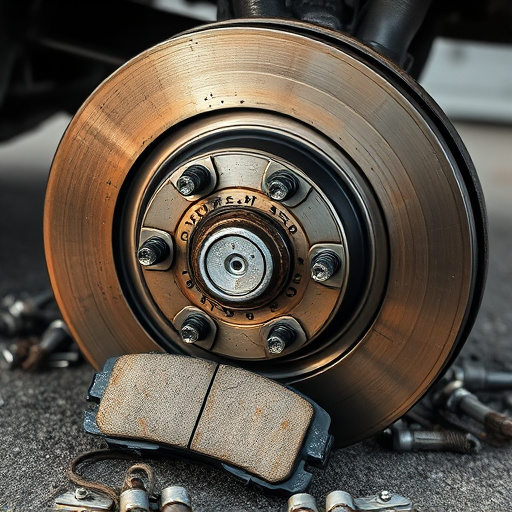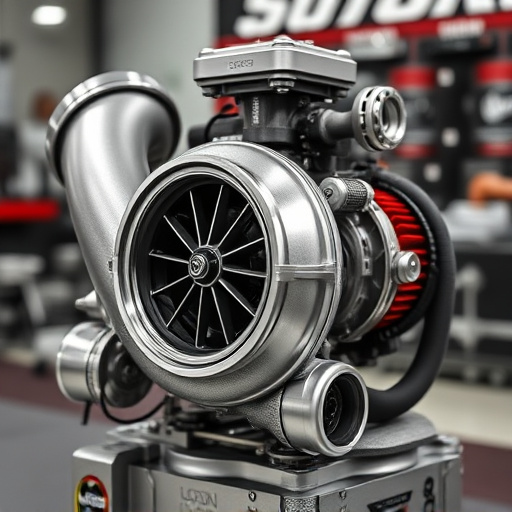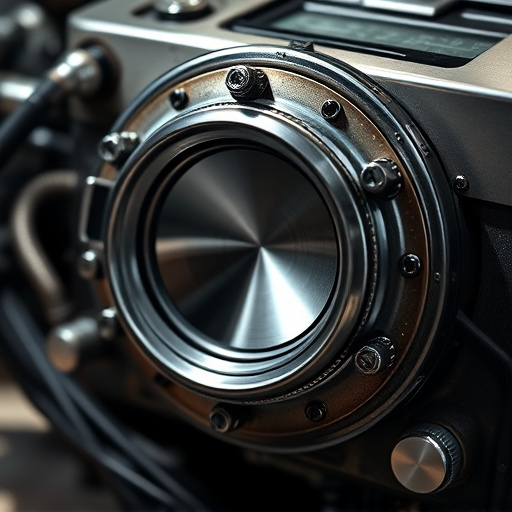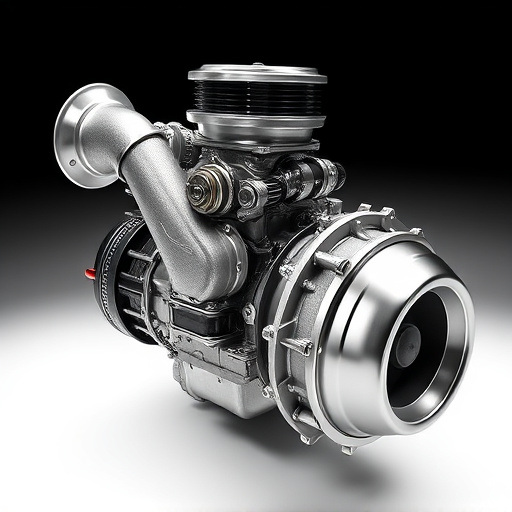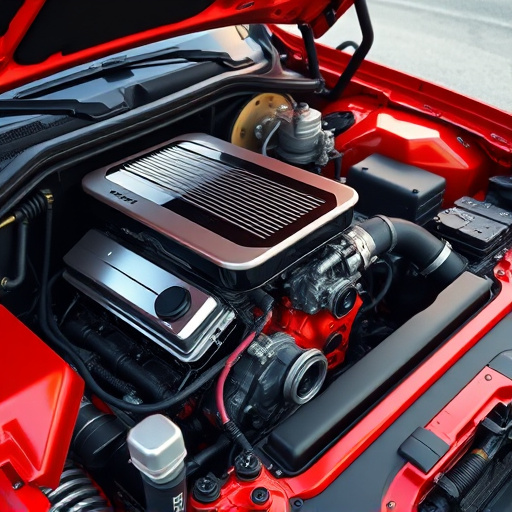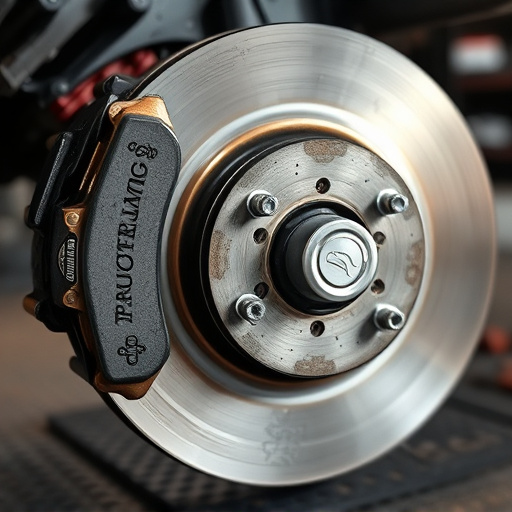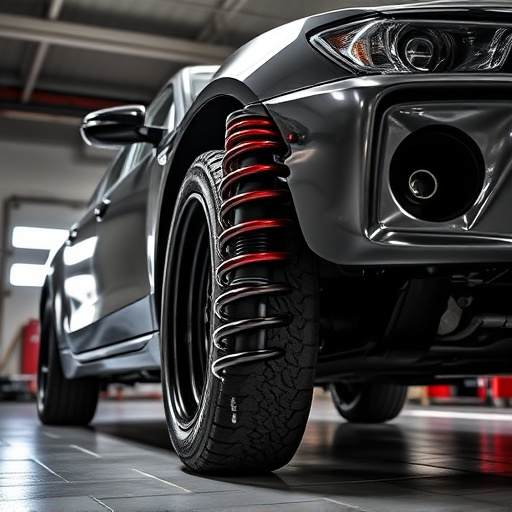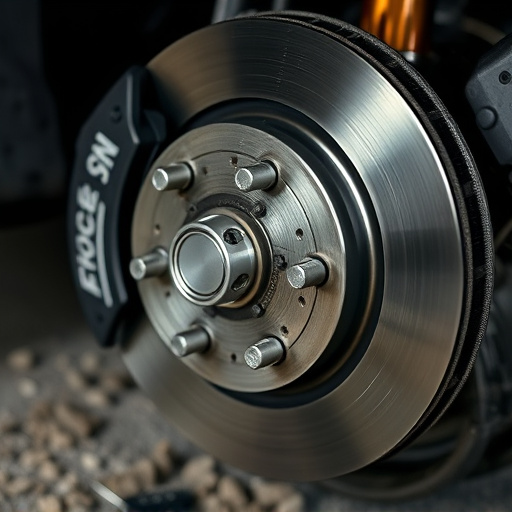Performance shocks are pivotal components enhancing vehicle dynamics, particularly cornering stability and grip. This article delves into the fundamental role of performance shocks in modern automobiles. We explore their technical aspects, how they optimize vehicle handling during turns, and real-world applications that boost safety and driving pleasure. Understanding these advanced suspension systems offers insights into why they’re a game-changer for enthusiasts and everyday drivers alike.
- Understanding Performance Shocks: The Basics and Their Role in Vehicles
- How Performance Shocks Improve Cornering Stability: Technical Insights
- Enhancing Grip with Performance Shocks: Real-World Applications and Benefits
Understanding Performance Shocks: The Basics and Their Role in Vehicles
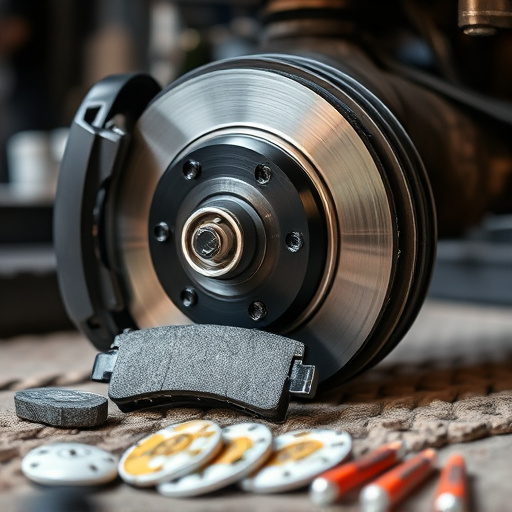
Performance shocks are a critical component of any high-performance vehicle, playing a pivotal role in enhancing cornering stability and grip. These specialized dampening systems are designed to manage and control a vehicle’s suspension movement during turning maneuvers, ensuring optimal contact with the road surface. By efficiently absorbing and distributing forces generated while cornering, performance shocks minimize body roll, maintain tire load distribution, and improve overall handling dynamics.
In essence, performance shocks act as the silent guardians of vehicle stability, working in tandem with other suspension components like springs and struts. They are particularly crucial for vehicles undergoing modifications to exhaust systems or other aspects that impact exhaust mufflers, as these changes can alter driving characteristics. Properly tuned performance shocks can counterbalance such alterations, ensuring a more predictable and responsive handling experience, ultimately contributing to an enhanced vehicle performance.
How Performance Shocks Improve Cornering Stability: Technical Insights
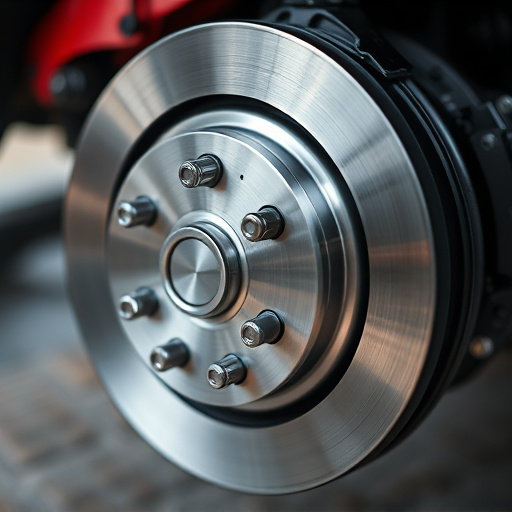
Enhancing Grip with Performance Shocks: Real-World Applications and Benefits
